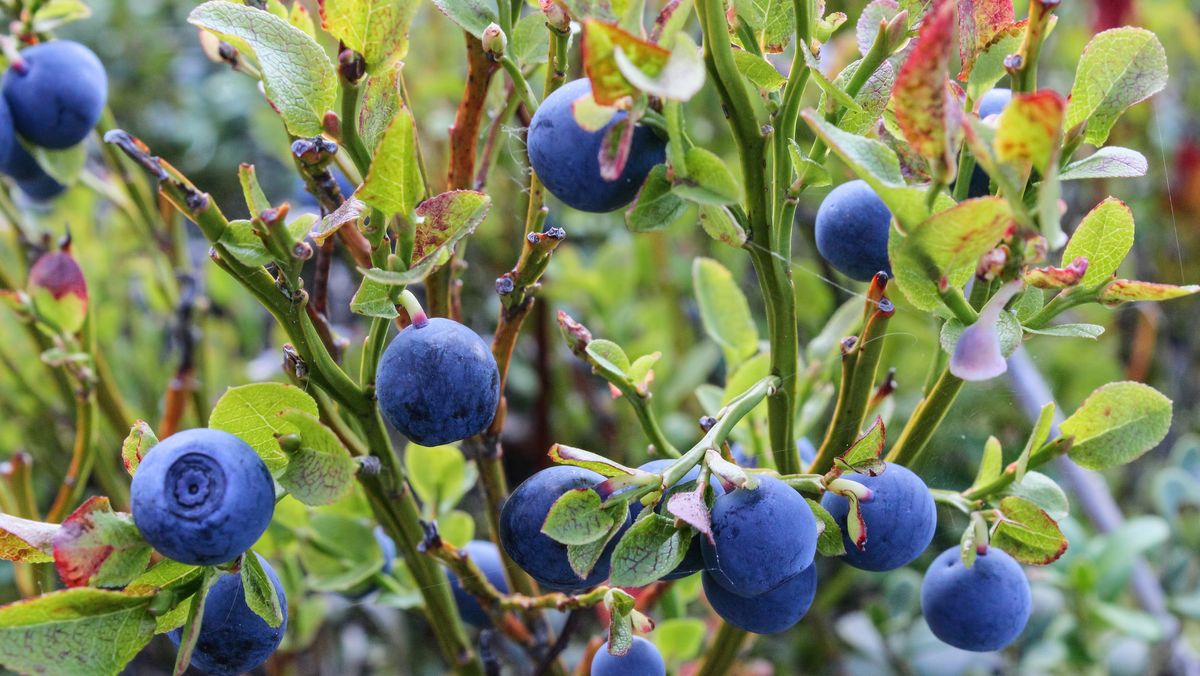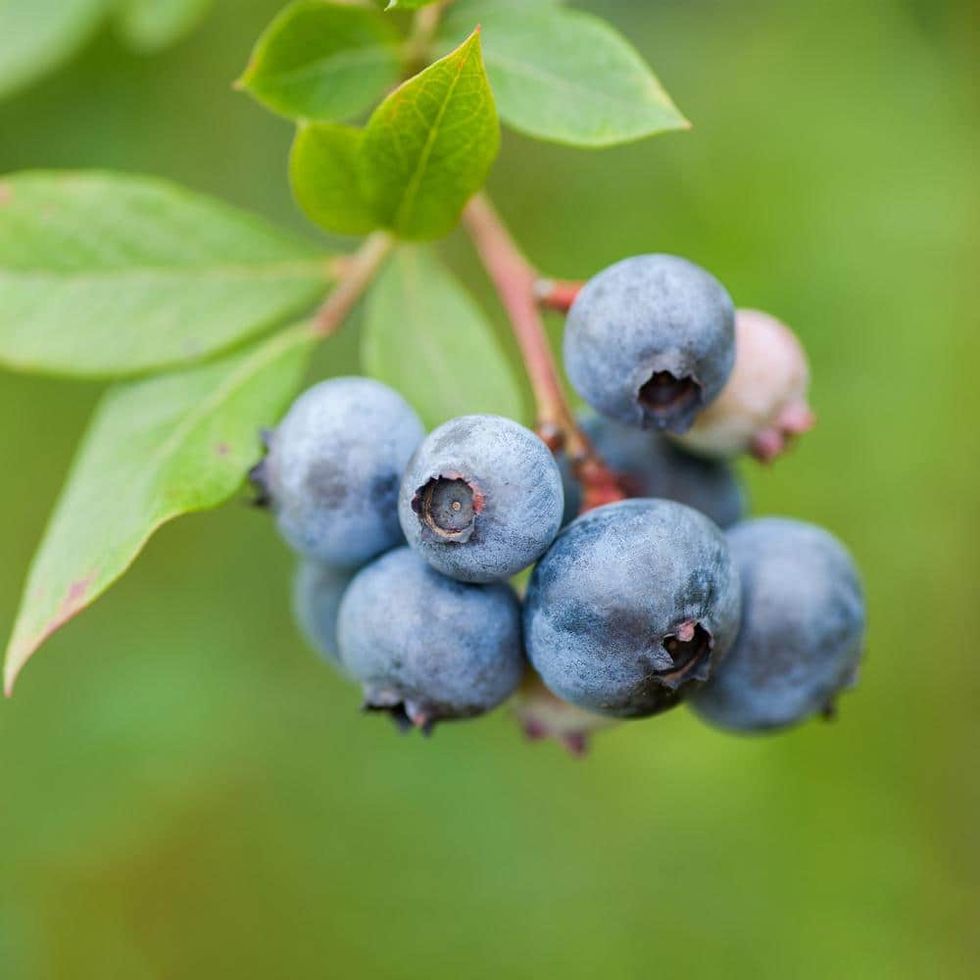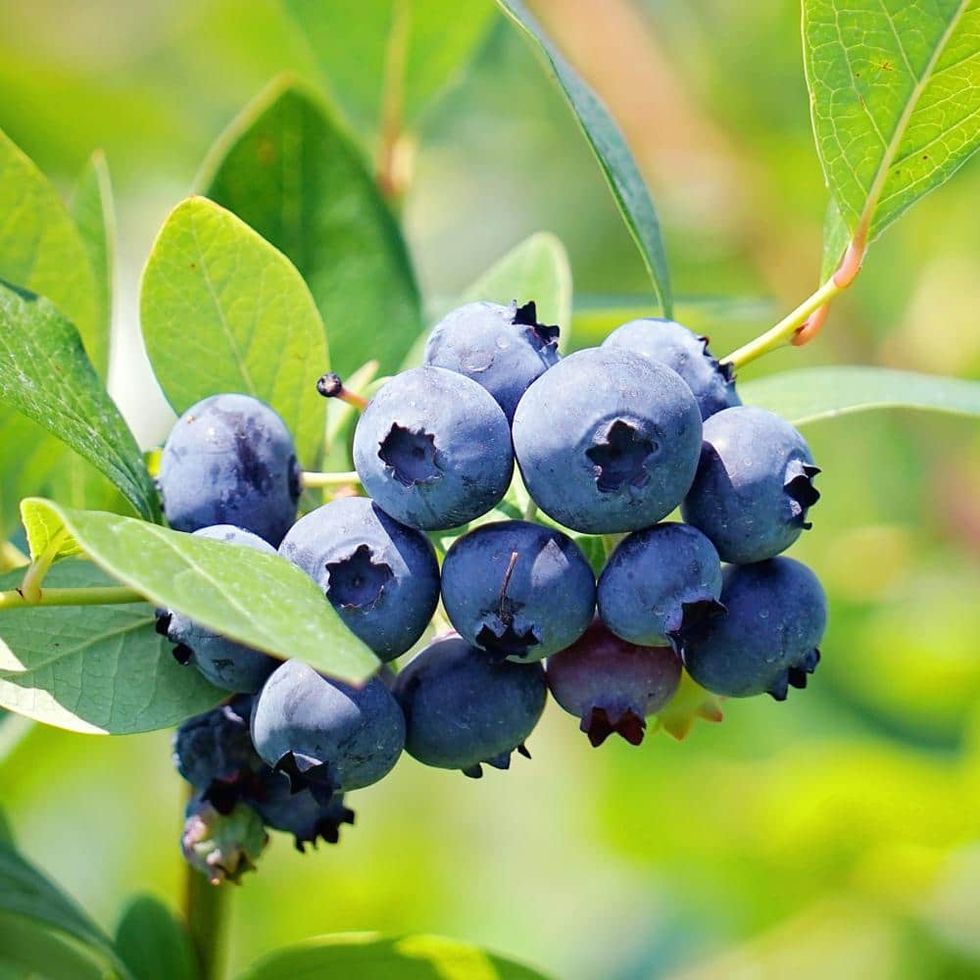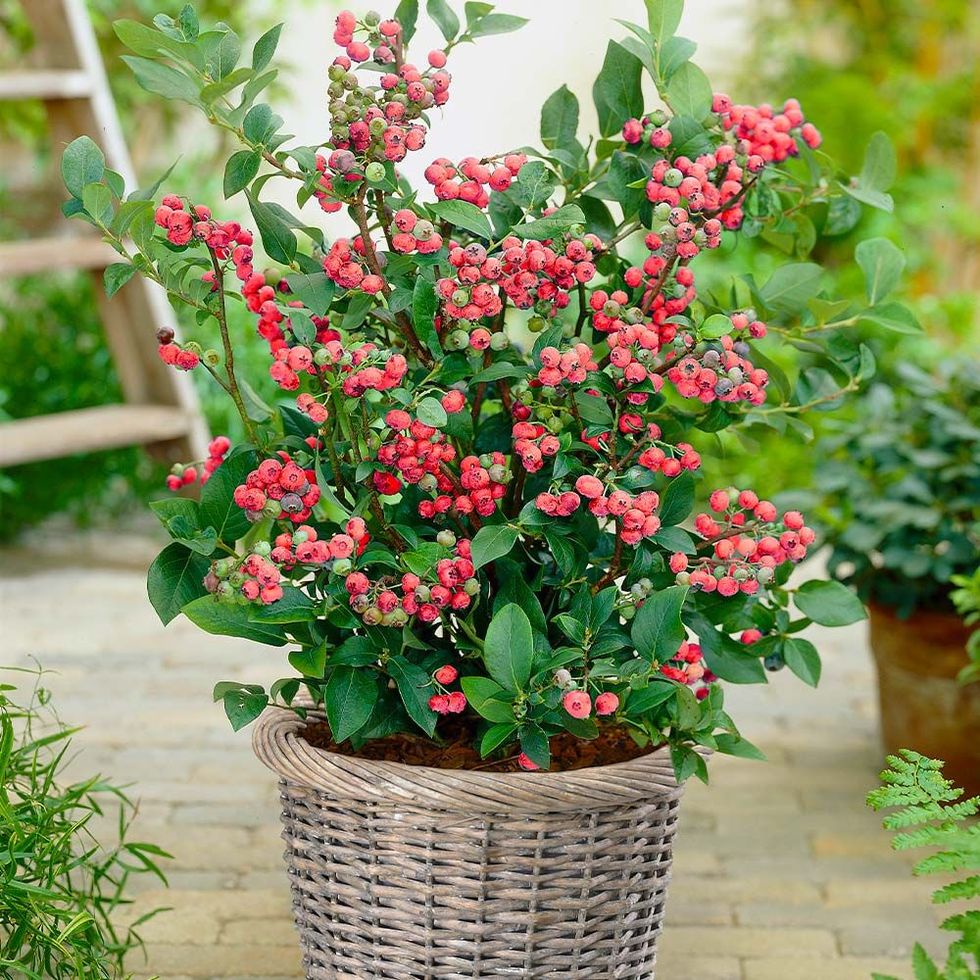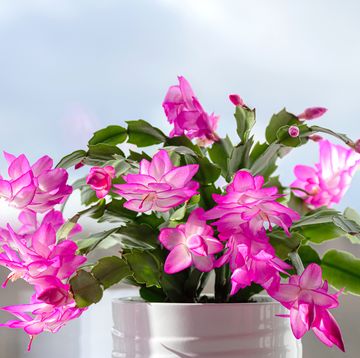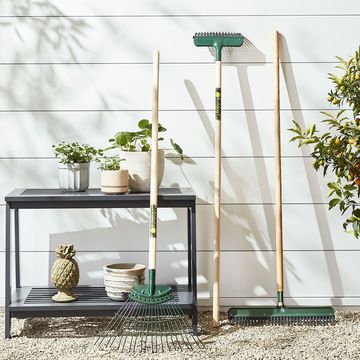Homegrown blueberries are the best! There’s nothing as much fun as harvesting your own berries to eat by the handful—or to use in recipes such as blueberry pie, blueberry ice cream, blueberry pancakes, and Ree Drummond’s favorite summertime cooler: blueberry-basil limeade. Blueberries are not overly fussy once they’re established, but they do need some TLC and the right conditions in order to thrive.
You can grow blueberries in the ground, in raised beds, or in pots or containers in USDA Hardiness zones 3 to 8 (find your zone here). A few types even do okay in USDA zones 9 and 10. Another important thing to know is that blueberries love, love, love acidic soil. Before planting, you’ll need to do a soil test to learn the pH in your garden. Blueberries need a pH level of around 4 to 5. Get an inexpensive home test kit, or have your soil tested by your local university coop extension service (find yours here).
If your pH is not within the range blueberries like, the plants won’t do well. You’ll need to work on adjusting it about a year before planting blueberry bushes because the pH doesn’t change overnight. Your university coop can advise what soil amendments to add and how much. Or you can plant in containers, which you can fill with acidic soil that’s typically used for azaleas and rhododendrons.
Here’s what else you should know about how to grow blueberries at home!
Buy the right kind of blueberry for your climate.
Not all types of blueberries are happy everywhere! Blueberries need something called chill hours, defined as a certain number of hours 32 and 45 degrees F. Otherwise, they won’t set buds or fruit.
If you live in a warm part of the country, you’ll need blueberries that require a low number of chill hours. Read the plant description to make sure you’re buying one that will do well in your climate. Your local university coop extension service also can advise what varieties tend to grow best in your region.
Plant blueberries in spring or fall.
Find a spot in full sun, which is about 6 or more hours of direct sunlight per day. Dig a hole about two to three times the size of the pot, place the plant in ground, and backfill the soil. Space the plants about 3 to 4 feet apart. If planting bare root plants (which have no soil attached), follow the same steps, though the hole will not need to be as large as for container plants.
Blueberries are self-pollinating but will produce larger berries or an earlier crop if you plant at least two different varieties together. Mulch the plants to keep down weeds and conserve moisture. Water well and keep the plants moist, not sopping wet. Blueberries also should be watered during dry spells because they’re not drought-tolerant.
Fertilize blueberries after about a month in the ground.
Don’t feed your blueberries at planting time. Give them a month to get established, and when you see them pushing new growth, feed them an acidic fertilizer like you would use for azaleas or rhododendrons. Next year, you can feed them in the spring and again in the middle of the growing season.
Pick off buds the first two years.
It’s so exciting when you see the first tiny berries on your bushes! But many growers and university coop extension services recommend to pick off the flower buds the first and second seasons. That’s so the plants will grow more foliage and deeper roots so that it can live a long time—up to 30 years or more. Producing flowers and fruits on young plants stunts plant growth, so it’s better to be patient. You’ll also need to prune blueberries annually to keep them healthy and producing.
Arricca Elin SanSone has written about health and lifestyle topics for Prevention, Country Living, Woman's Day, and more. She’s passionate about gardening, baking, reading, and spending time with the people and dogs she loves.
